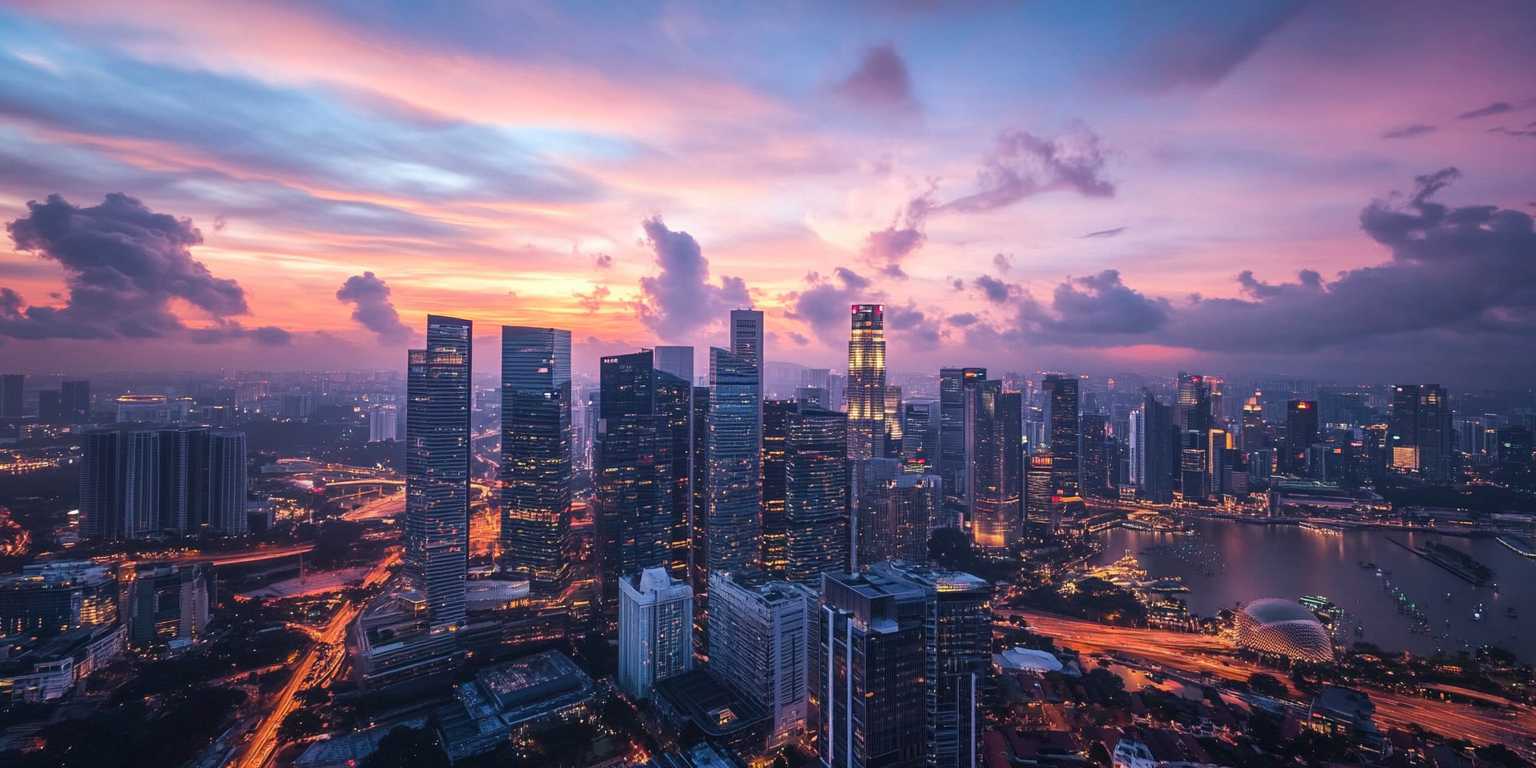History is filled with moments of triumph and progress, but it also bears witness to unimaginable tragedy. Among the most devastating events in human history stands The Holocaust, a period marked by systematic persecution, genocide, and inhuman cruelty. It was not only a tragedy for the Jewish people but a global moral collapse that revealed the depths of hatred and intolerance that humanity could reach when driven by extremist ideology.
Understanding the Holocaust
The Holocaust refers to the state-sponsored genocide carried out by Nazi Germany and its collaborators between 1941 and 1945, during World War II. Under the totalitarian regime of Adolf Hitler, approximately six million Jews — along with millions of others including Roma (Gypsies), Poles, Soviet prisoners of war, political dissidents, and people with disabilities — were systematically exterminated.
The Holocaust was not a spontaneous act of war but a meticulously planned campaign of annihilation. It was rooted in the Nazi ideology of racial purity, which viewed Jews and other minority groups as “subhuman.” This horrifying worldview fueled mass deportations, forced labor, ghettos, and ultimately, the establishment of death camps designed solely for murder on an industrial scale.
The Roots of Hatred: Anti-Semitism and Nazi Ideology
Anti-Semitism — prejudice and hostility toward Jews — had existed in Europe for centuries. However, the Nazis weaponized this hatred for political gain. Hitler’s propaganda machine spread the belief that Jews were responsible for Germany’s defeat in World War I and the subsequent economic depression.
This ideology became the foundation of Nazi policy. Laws such as the Nuremberg Laws of 1935 stripped Jews of their citizenship, banned intermarriage between Jews and non-Jews, and excluded them from public life. These discriminatory laws normalized hatred and set the stage for genocide.
The propaganda was relentless. Through films, posters, and newspapers, the Nazis dehumanized Jews, portraying them as parasites and enemies of the German people. This systematic indoctrination conditioned ordinary citizens to accept or ignore the horrors that would soon unfold.
From Persecution to Extermination
The persecution of Jews began soon after Hitler came to power in 1933. Jewish businesses were boycotted, synagogues vandalized, and professionals barred from employment. However, the true escalation occurred with Kristallnacht (“The Night of Broken Glass”) on November 9–10, 1938, when Nazi mobs destroyed Jewish homes, schools, and synagogues across Germany and Austria. Hundreds were killed, and thousands were sent to concentration camps.
When World War II began in 1939, Nazi policies expanded into occupied territories. Jews were forced into ghettos, overcrowded districts surrounded by walls and barbed wire. Conditions were horrific — starvation, disease, and violence were rampant. The ghettos were merely a prelude to what came next: The Final Solution.
The Final Solution: A Systematic Genocide
In 1942, during the Wannsee Conference, Nazi officials formalized the plan for the systematic extermination of the Jewish people. This “Final Solution to the Jewish Question” led to the construction of extermination camps such as Auschwitz-Birkenau, Treblinka, Sobibor, and Belzec.
Deportations began across Europe. Jews were transported in cattle cars to death camps, where they were separated upon arrival — those deemed unfit for labor, including women, children, and the elderly, were sent directly to gas chambers disguised as showers. Others were subjected to forced labor, starvation, and medical experiments.
Auschwitz alone claimed the lives of over 1.1 million people. The cruelty was beyond comprehension — victims were stripped of their humanity, reduced to numbers tattooed on their arms. The Nazis sought not just to kill but to erase an entire culture, identity, and history.
The Role of Bystanders and Collaborators
One of the most haunting aspects of the Holocaust was the complicity of ordinary people. While many Germans participated directly in Nazi operations, others remained silent. Some European governments, such as those in Hungary and Romania, collaborated with the Nazis in rounding up their Jewish populations.
However, amidst the darkness, there were also rays of humanity. Individuals and groups like Oskar Schindler, Raoul Wallenberg, and the Danish resistance risked their lives to save Jews. Their bravery reminds us that moral courage can exist even in the darkest times.
Liberation and Aftermath
As the Allied forces advanced into Europe in 1945, they uncovered the full horror of the concentration camps. Soldiers who liberated places like Buchenwald, Bergen-Belsen, and Dachau were met with scenes of unimaginable suffering — piles of corpses, skeletal survivors, and the lingering stench of death.
The world was forced to confront the scale of the atrocity. In the aftermath, the Nuremberg Trials were held to prosecute Nazi leaders for war crimes and crimes against humanity. These trials marked the first major international effort to hold individuals accountable for such acts.
The Human Cost
The Holocaust left deep scars not only on its victims but on the conscience of humanity. Six million Jews were murdered — men, women, and children who might have contributed to art, science, and culture. Millions more from other groups also perished. Entire families were wiped out, and centuries-old Jewish communities across Europe vanished forever.
Survivors carried their trauma for the rest of their lives. Many were displaced, stateless, and broken, forced to rebuild their lives from nothing. Yet, through their testimonies, they became the voices of remembrance — ensuring that the world would never forget.
Lessons from the Holocaust
The Holocaust is not just a historical event; it’s a moral warning. It teaches us what can happen when prejudice, propaganda, and indifference go unchecked. It shows that genocide begins not with gas chambers, but with words — with the dehumanization of “the other.”
To prevent history from repeating itself, societies must remain vigilant against racism, intolerance, and hate speech. Education plays a vital role in ensuring that future generations understand the consequences of silence and apathy. Remembering the Holocaust is not about dwelling on pain but about reinforcing the principles of humanity, justice, and empathy.
The Importance of Remembrance
Across the world, memorials and museums honor the victims and educate people about the Holocaust. Sites like Yad Vashem in Jerusalem, the United States Holocaust Memorial Museum in Washington, and the Auschwitz Memorial in Poland preserve the memory of those lost.
Each year, International Holocaust Remembrance Day, observed on January 27th, serves as a global reminder of the atrocities and the importance of standing against hatred in all its forms.
The Holocaust in Today’s World
Disturbingly, Holocaust denial and distortion continue to exist. Some attempt to minimize or rewrite history, which only deepens the wounds of survivors and threatens truth itself. Combating misinformation and preserving authentic historical records is a shared responsibility.
The lessons of the Holocaust extend beyond the Jewish experience. It is a universal warning about what happens when prejudice is institutionalized and humanity turns a blind eye. The Holocaust challenges every generation to choose compassion over cruelty, understanding over ignorance, and justice over hatred.
Conclusion
The Holocaust stands as one of history’s darkest reminders of what humanity is capable of when consumed by hatred and indifference. It is a wound that must never heal — because healing would mean forgetting.
By remembering the victims, honoring the survivors, and teaching future generations, we ensure that such evil never takes root again. The Holocaust was not only a tragedy of the past but a timeless lesson for the present and the future: that every act of intolerance, if left unchecked, can lead to unspeakable consequences.




